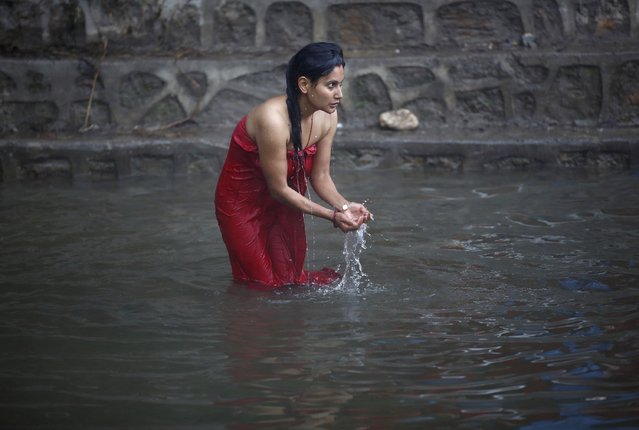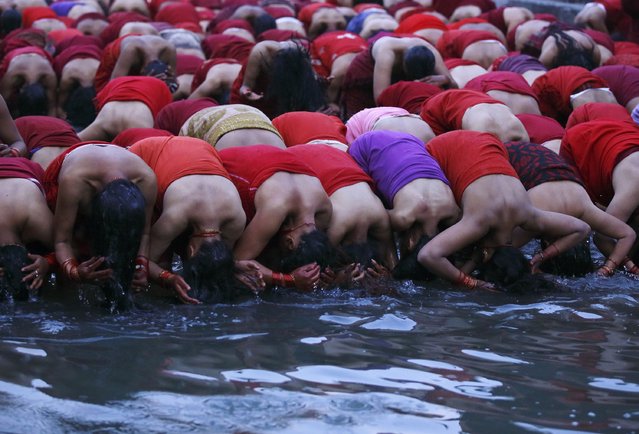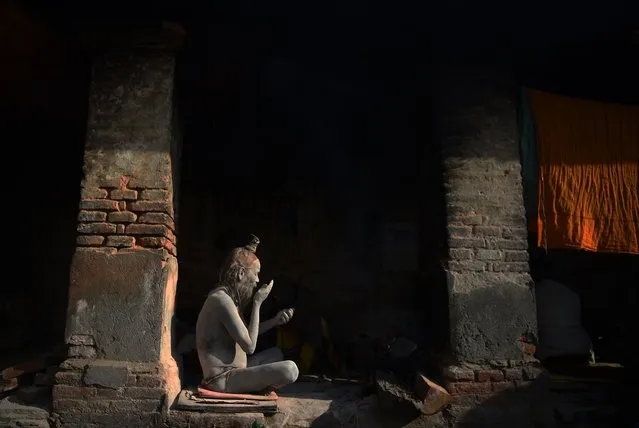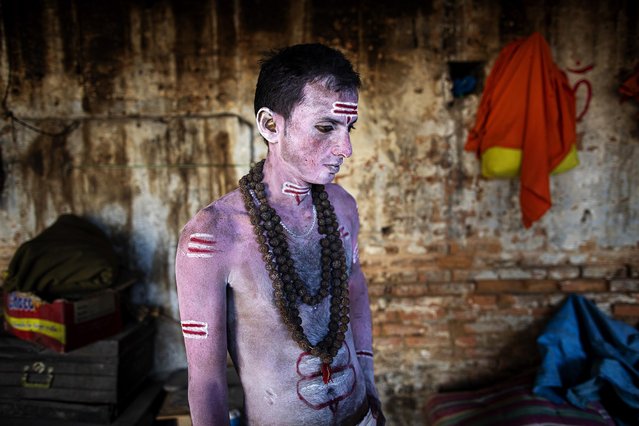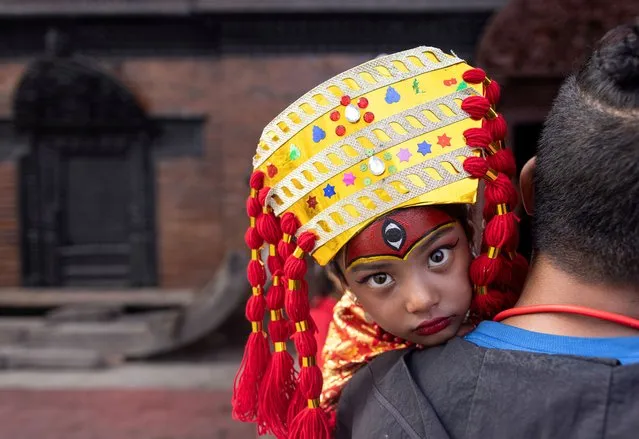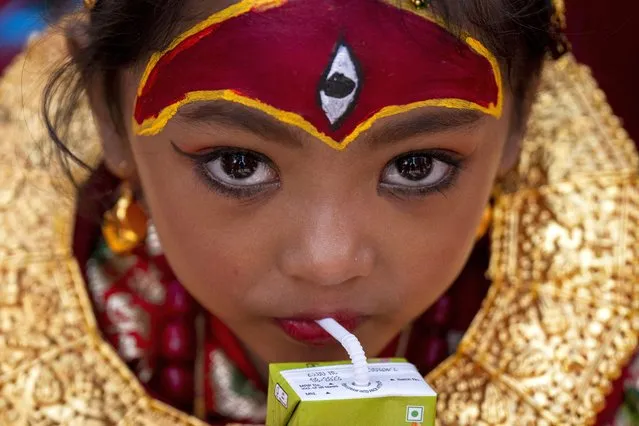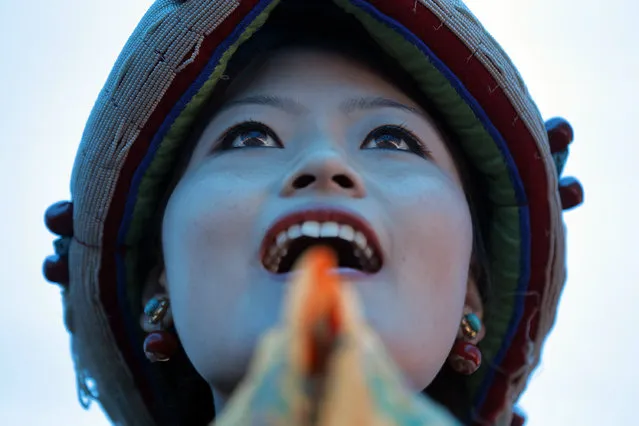
A woman sings as Tibetans celebrate the 80th birthday of their spiritual leader, the Dalai Lama, in Kathmandu, Nepal, Monday, July 6, 2015. Around 1,000 monks and other Tibetans gathered at the school compound to celebrate their spiritual leader's birthday. Exiled Tibetans allowed celebrating the Dalai Lama's birthday only inside school compound and refugee camps as long as the facilities do not contain slogans or banners protesting against China. Nepalese government has banned all kinds of Tibetan activities against Chinese rule in Tibet. (Photo by Niranjan Shrestha/AP Photo)
07 Jul 2015 11:45:00,post received
0 comments

